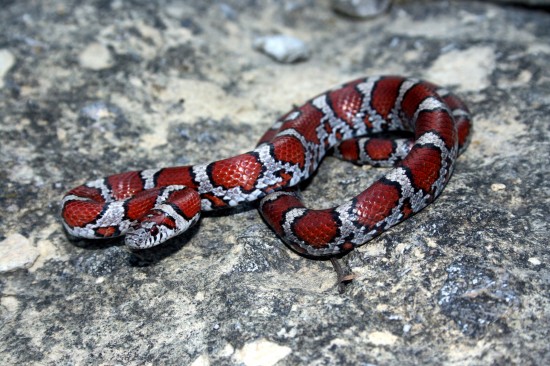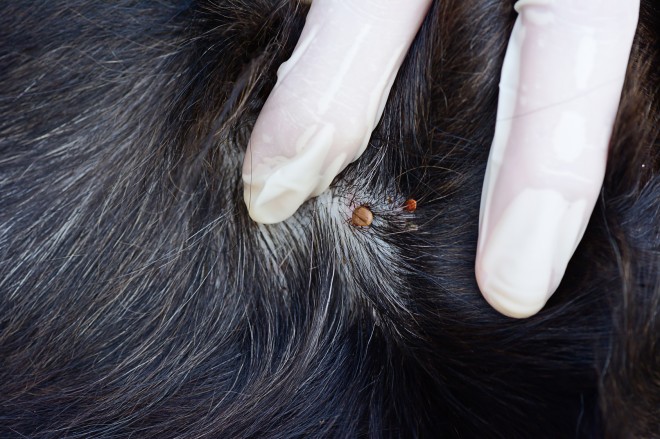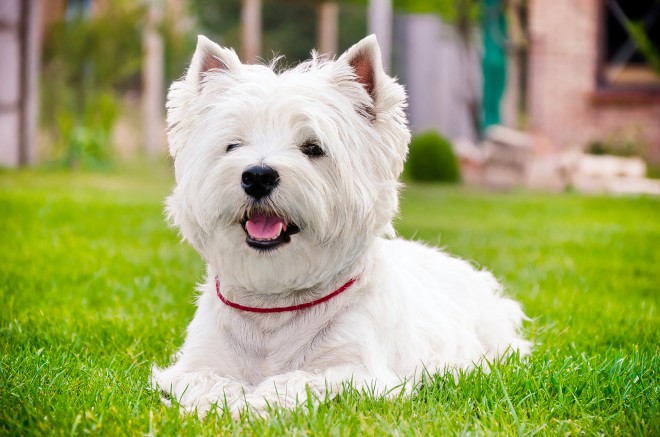
In horse training or natural horsemanship, Approach is
nothing more than a technique or method used in helping your
horse to understand what it is you want him to do.
I feel it’s important to point out at this time that one of
the major reasons people fail to achieve excellence with
their horse is that they are not mentally, emotionally and
physically fit. The way to achieve this is by being
persistent and consistent in learning and practicing your
horse training / natural horsemanship skills. Remember,
It’s not your horses fault, it’s your responsibility to be
fit if you’re to achieve success and excellence with your
horse.
In talking about Approach or techniques, we’ll use some
examples to point out some approaches people take in
working with their horses, which are very different from
natural horsemanship.
Let’s talk a little about longeing… Most people longe
their horses to exercise them, but let’s look at what
happens when you do this. Your horse is going in
mindless circles usually circling to the left and will
certainly get stronger physically, but unfortunately, he
will also get mentally weaker because you are only
exercising his body and not his mind. It’s important
to exercise both his body and mind.
Now let’s look at lateral longeing. This is where we are
going to exercise both your horse’s body and mind. First,
what are the differences between longeing and lateral
longeing?
In normal longeing, the person is only exercising the horse
to take off the edge so the horse will be easier to ride.
I think it’s important to note that if your longeing your
horse 15 minutes to take off the edge eventually you will be
exercising him 30 minutes to take off the edge and as you
continue this regime he will become stronger and stronger
until you can no longer handle him.
In lateral longeing, you’re looking to develop a
communication system with your horse along with exercising
his body and mind, which will cause your hose to be
emotionally collected. This communication system is built
around 6 yields… Your horse going forward, backward,
left, right, up or down. These 6 yields work into a series
of maneuvers, which will exercise your horses mind and body.
By being persistent and using the 6 yields you will help
your horse to be mentally collected and instead of
increasing the time it takes to get your horse under control
you will decrease the time each day. By using lateral
longeing you can help your horse to become mentally
collected in a shorter period of time.
Remember that horses can do only 6 things, but they can do
them in combination… Move forward, backward, left, right,
up and down. Your goal should be to get your horse to go
forward, backward and sideways whenever you ask him. If you
can do this, you will become the Alpha horse in his
society.
When you teach your horse to go backwards you are also
teaching him to stop. The better he backs up the better he
stops. When you teach him to go sideways, you are also
teaching him to steer left or right. When moving right or
left you are simply moving his hindquarters or front
quarters or moving them both at the same time to move
sideways. Most horsemen will tell you that the better a
horse backs up and goes sideways the better he will do
everything else.
Lateral longeing is different from normal longeing in that
you are exercising your horses mind with his body following
naturally causing your horse to yield to you mentally.
Let’ take a quick look at Riding. What do most people do
after saddling and getting on their horse? They kick him to
go, rein him across the neck to turn and pull on him to
stop. Instead, why not get him mentally and emotionally
ready before we go riding? Why not put your horse through
the 6 yields? Yes, I know that takes some time, but is it worth it to you and your horse to be emotionally and mentally fit before you go riding?
After putting you horse through the 6 yields you’re now
ready to mount. After you’re mounted, it’s time to ask your
horse to move forward. Instead of kicking him to go why not
ask him to move by giving him a cue?
For example, if you want to move your horse forward, put 2
or 3 cues together, put them in order and be consistent with
them and your horse will eventually respond to the cues.
An example of this would be to 1. Squeeze both cheeks of
your buttocks tightly. If that won’t cause him to move
forward then progress to cue number 2. Genteelly squeeze
with your legs clear to your ankles and use a verbal cue
such as a cluck, kiss or smooch. If this still won’t get
him moving forward then progress to cue number 3. Give your
horse a spank, preferably closer to the center of the tail
head. This will start your horse to move straight. If you
spank right or left of center, you will cause your horse to
move off to the left or right.
When using cues remember to start the cue with light
pressure and increasing the pressure, (the pressure should
only be for a few seconds before moving on to the next cue)
and if there is no response move on to the next cue until
you get the desired response. With practice and
consistency, your hose will learn to move off the pressure
(cue) at the slightest squeeze of your buttocks or legs,
whichever you decided to use as your cue.
This article is getting long so I will briefly touch on
stopping your horse. There are two ways to stop your horse,
pulling back on the reins which most people use (the horse
can get wise, tuck his chin and keep running) or you can
bend your horses neck around with one rein and cause him to
stop. If you can bend his neck to the right and stop his
right side then his left side is probably not going to run
off and vise versa.
I do not recommend letting or allowing your horse to stop on
his own; if you allow this behavior, you will eventually
have problems with keeping your horse moving. You only want
your horse to stop after preparing him with a cue to stop
and then giving him the cue to stop. A cue might be, you
bringing down your energy by putting both hands on your
thighs, completely relax and look down at your tummy, to sum
it up, quit riding. Eventually your horse figures out that
you have stopped riding and he will stop. Remember, you
have to be consistent and persistent, it is not going to
happen over night, but eventually your horse will figure out
the cues and you will get the desired response. One other
thing, make sure you keep your horse straight. This will
cause him to stop. Don’t worry about him not stopping as
quickly as you like as long as he comes to a stop. As I
said before it takes time to get the desired response.
Good Luck and have fun with your horse!
This article is brought to you by Perfect Horse Gifts
If you like this article and would like to learn more
or would like to send it to a friend, please feel free
to do so. You can subscribe at: Perfect Horse
Gifts or The
Roundup
In the next article, we will discuss Patients… Be
patient/tolerant, take the time do it right and you
won’t have to go back and do it again and again.
Helping your horse to understand what it is you want
him to do.
Copyright © Mike Gorzalka All Rights Reserved Worldwide
*You have permission to publish this article*
electronically, in print, in your ebook or on your web
site, free of charge, as long as the content of this
article is not changed in any way and the author
bylines are included.
If you choose to publish this article, I would
appreciate a Quick e-mail letting me know where it
will Be published.
[email protected]
*DISCLAIMER*: The information contained in this article
is of my personal opinions and beliefs and should not
be taken as anything more.
About The Author:
Mike Gorzalka has spent the better part of his life
around horses. His dad, Mike Sr., taught him the
importance of understanding the horse and how to use a
firm, but kinder and gentler approach to helping horses
understand what it is we humans are trying to
communicate.
Article Source: EzineArticles.com
 Keeping A Pet Milk Snake
Keeping A Pet Mil
Keeping A Pet Milk Snake
Keeping A Pet Mil
 How Do Dogs Catch Fleas, Ticks And Other Parasites?
How Do Dogs Catch
How Do Dogs Catch Fleas, Ticks And Other Parasites?
How Do Dogs Catch
 West Highland Terrier Longevity And Hereditary Health
West Highland Ter
West Highland Terrier Longevity And Hereditary Health
West Highland Ter
 Recognising Different Types Of Aggression In Dogs
Recognising Diffe
Recognising Different Types Of Aggression In Dogs
Recognising Diffe
 Cat Food Nutritional Comparisons
When picking out the right cat food for your cat, it is
Cat Food Nutritional Comparisons
When picking out the right cat food for your cat, it is
Copyright © 2005-2016 Pet Information All Rights Reserved
Contact us: www162date@outlook.com